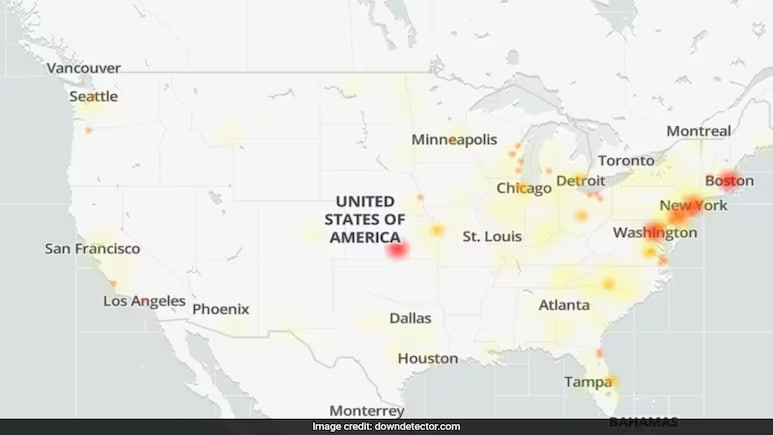In a surprising turn of events, the Brazil Automakers Association (Anfavea) has recently announced a downward revision of its 2024 production and export estimates. This decision, which reflects a confluence of economic and industry-specific challenges, marks a significant moment for one of the largest automotive markets in Latin America. Let’s delve into the factors influencing this adjustment and its potential implications for the automotive industry in Brazil and beyond.
Context and Initial Projections
At the beginning of the year, Anfavea had set optimistic targets for 2024, anticipating robust growth in both production and exports. These projections were based on several favorable factors, including anticipated economic recovery post-pandemic, rising consumer demand, and the gradual stabilization of global supply chains. However, as the year progressed, it became evident that the landscape was fraught with more challenges than initially anticipated.
Key Factors Leading to the Revision
1. Economic Uncertainty: Brazil’s broader economic situation has been a significant factor. Fluctuations in GDP growth, inflationary pressures, and a volatile exchange rate have contributed to a less favorable business environment. High-interest rates aimed at curbing inflation have also dampened consumer spending power, leading to lower domestic demand for automobiles.
2. Supply Chain Disruptions: Despite improvements, global supply chains are still experiencing disruptions. Shortages of critical components such as semiconductors continue to hinder production capabilities. The automotive industry, heavily reliant on a stable supply chain, has been particularly hard-hit by these ongoing issues.
3. Geopolitical Tensions: Geopolitical instability in key regions and trade tensions have also played a role. Sanctions and tariffs have made it more challenging to maintain steady export levels, affecting Brazil’s trade relationships and export volume.
4. Environmental Regulations: Stricter environmental regulations and the global push towards electric vehicles (EVs) have also influenced production strategies. The transition to EVs requires significant investment in new technologies and infrastructure, which is still in the nascent stages in Brazil. This shift has added pressure on traditional automotive production lines.
Revised Estimates and Implications
Anfavea’s revised estimates indicate a notable decrease in both production and exports for 2024. This adjustment has several implications:
- 1. Economic Impact: The automotive sector is a substantial contributor to Brazil’s GDP and employment. Lower production levels could lead to reduced economic growth and potential job losses, impacting livelihoods and overall economic health.
- 2. Industry Dynamics: Automakers may need to reassess their strategies, focusing more on efficiency and cost management. Companies might prioritize innovation and the development of EVs to align with global trends, despite the current challenges.
- 3. Global Market Position: Brazil’s position in the global automotive market could be affected. Reduced export volumes may lead to a loss of market share to other emerging markets with more stable production capabilities.
- 4. Consumer Market: For consumers, this could mean higher prices for vehicles due to reduced supply and increased costs of production. The market may also see a shift towards more sustainable and cost-effective vehicle options.
Looking Ahead
While the revised estimates present a sobering outlook, they also underscore the resilience and adaptability of the automotive industry. Automakers in Brazil have a track record of navigating through turbulent times and emerging stronger. The current challenges may well spur innovation, leading to a more sustainable and technologically advanced automotive sector in the long run.
Investments in EV infrastructure, governmental support in terms of favorable policies, and strategic international partnerships could pave the way for a brighter future. The industry’s ability to adapt to changing circumstances will be crucial in determining its trajectory in the coming years.
Conclusion
The Brazil Automakers Association’s decision to lower its 2024 production and export estimates is a reflection of the multifaceted challenges facing the industry. While it signifies a period of adjustment and recalibration, it also opens up avenues for innovation and growth. As stakeholders navigate this complex landscape, the focus will undoubtedly be on building a more resilient and forward-looking automotive industry in Brazil.






